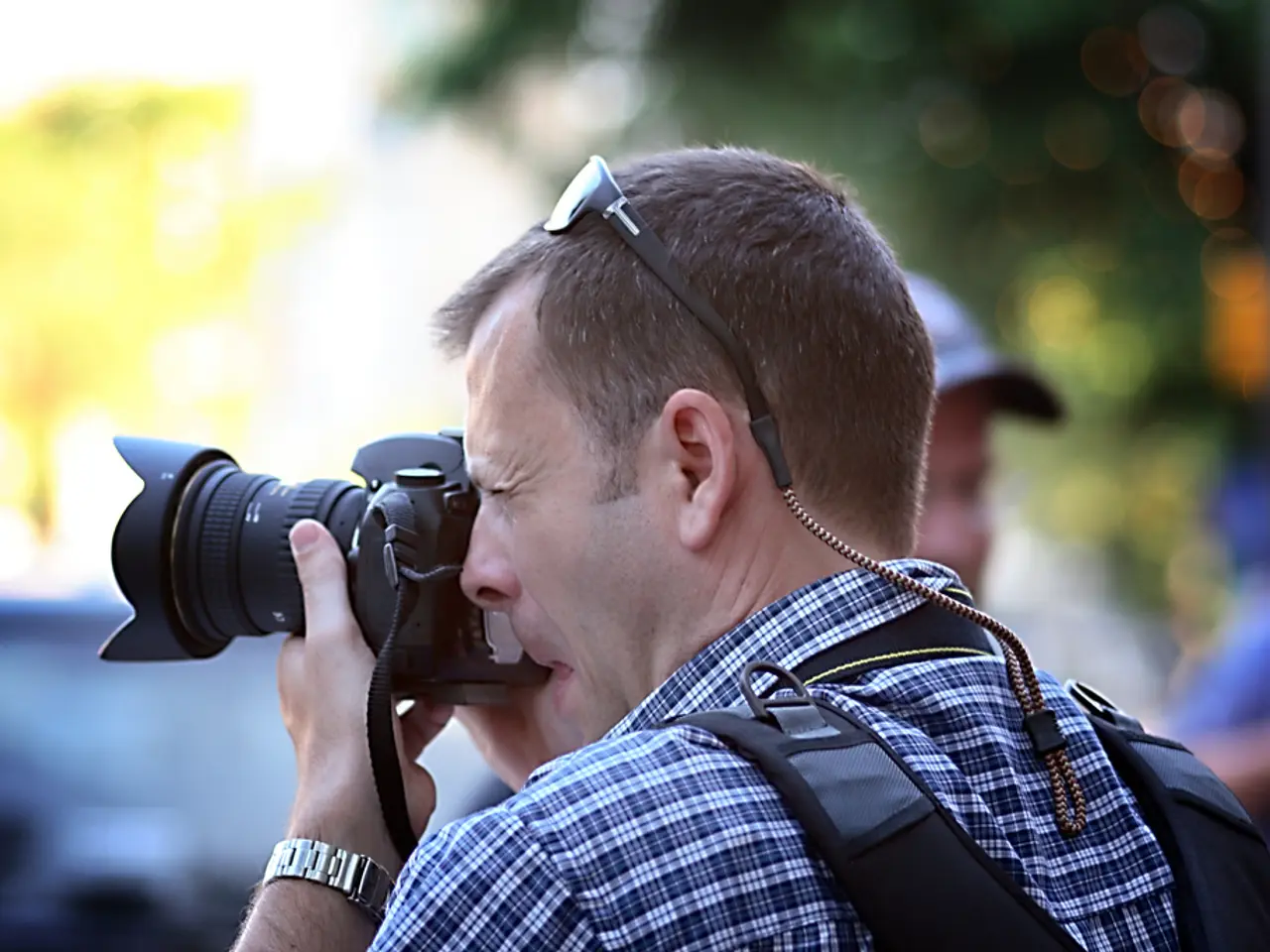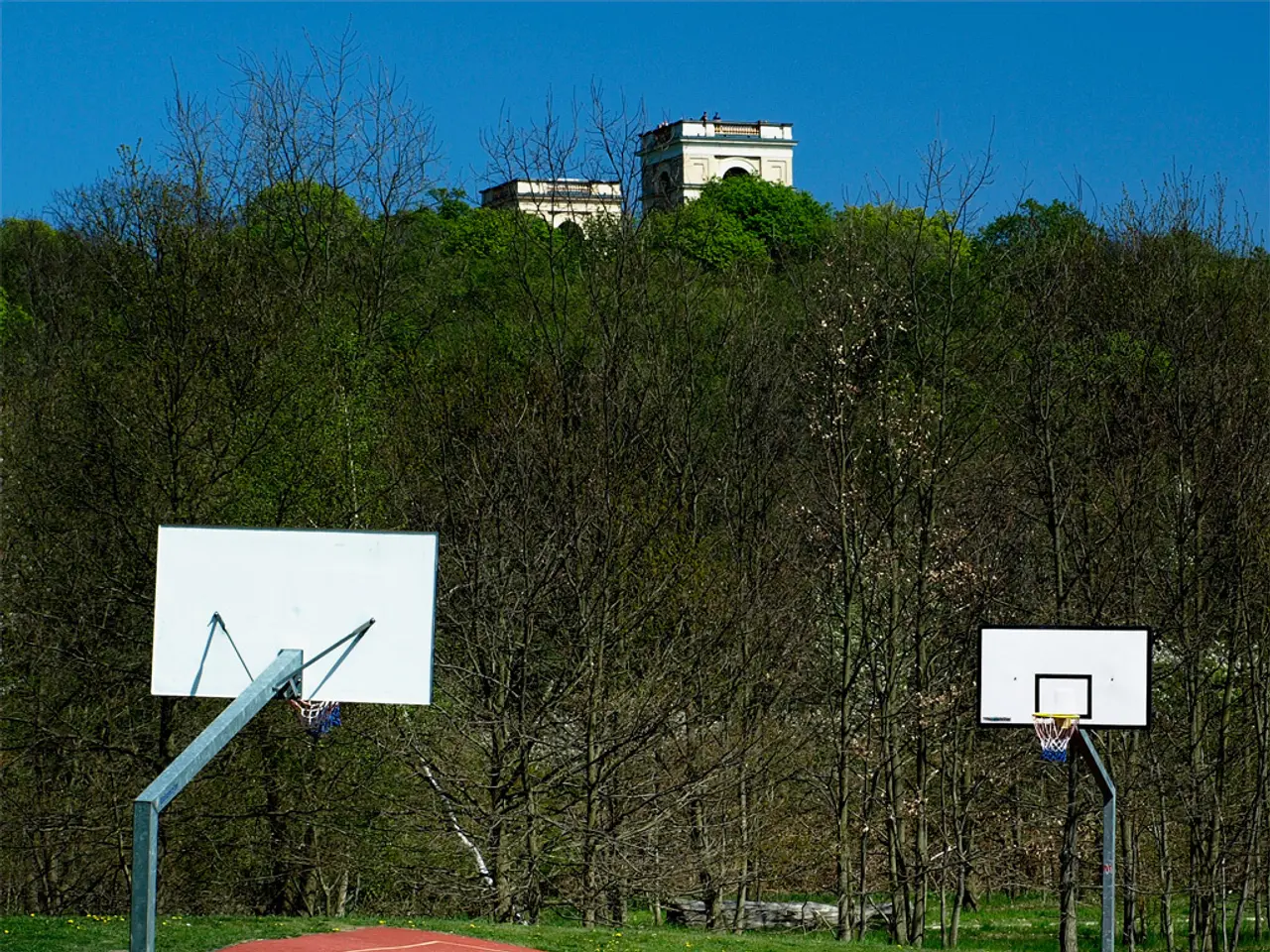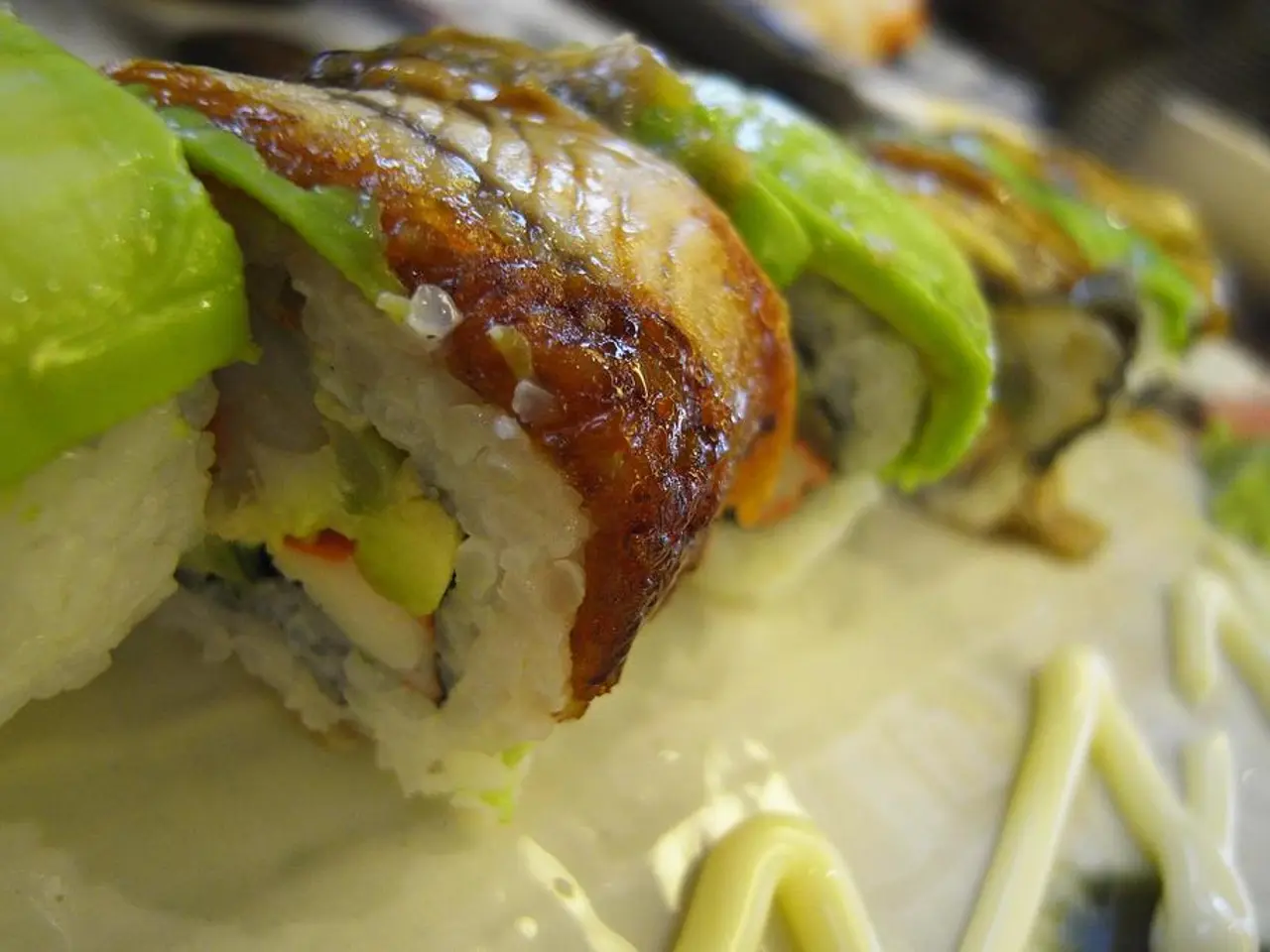Photographer Mathew Brady
Mathew Brady (c. 1822–1824 – January 15, 1896) was an American pioneer in photography, best known for his portraits of influential politicians and his groundbreaking work documenting the American Civil War.
Born in Warren County, New York, Brady began his artistic journey by studying painting under William Page and Samuel F.B. Morse, the inventor who helped introduce the daguerreotype process to America. In 1844, he opened his first photography studio in New York City, and later expanded to Washington, D.C., and a larger gallery in New York by 1852.
Brady gained fame for his portraits of presidents and other notable figures, including John Quincy Adams and Abraham Lincoln. However, it was his ambitious decision to create a comprehensive photographic record of the Civil War that truly set him apart. He organised and supervised a team of photographers, including Alexander Gardner and Timothy H. O’Sullivan, who captured images from battlefield sites such as Bull Run, Antietam, and Gettysburg.
During the war, Brady marketed the idea of capturing the images of young soldiers before they might be lost to battle. His studio used mobile darkrooms, enabling vivid and timely images from the battlefields that brought the harsh realities of war to the public in a way never done before. This work was among the first instances of photojournalism involving extensive visual coverage of a war disseminated to the public.
Despite the enormous importance and volume of the work produced, Brady struggled financially after the war because the government did not buy the master copies of his photographs as he had expected. He died in debt in 1896.
Brady's efforts to document the Civil War earned him a place in history as one of the earliest and most influential figures in American photography and photojournalism. Thousands of his photographs can be found in the National Archives and Records Administration (NARA) and the Library of Congress.
Other notable artists of the time include Robert Walter Weir, a painter of the Hudson River School, and Martin Johnson Heade, known for his salt marsh landscapes, seascapes, and nature depictions. Weir was born in New York City in 1803 and died in 1889, while Heade was born in Lumberville, Pennsylvania, in 1819 and died in 1904.
Samuel Finley Breese Morse, born in Boston in 1791 and died in 1872, was an American inventor and painter. In England, he perfected his painting techniques under Washington Allston's watchful eye. Brady's early training with Morse undoubtedly played a significant role in his success as a photographer.
Brady's move to open larger galleries, expanding his home-and-garden into a thriving business, allowed him to showcase his exquisite photography collection. In the latter part of his career, he documented his lifestyle, capturing the raw essence of the American Civil War, which still resides in the National Archives and Records Administration (NARA) and the Library of Congress.




